Search the collection
Filter By
Object Type / Material
Geographic Location
Department
Date
Show Only:
- As part of the Met's Open Access policy, you can freely copy, modify and distribute this image, even for commercial purposes.APIPublic domain data for this object can also be accessed using the Met's Open Access API
Objects with changed or unknown ownership in continental Europe between 1933-1945. Learn more
More than 10,000 results for European, Italian peninsula
Sort by:
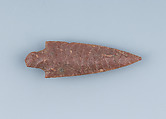
European, Italian peninsula
ca. 10,000 BCE–5000 BCE
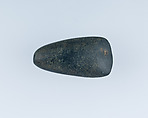
European, Italian peninsula
ca. 5,000–2,000 BCE
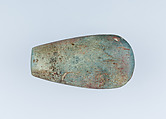
European, Italian peninsula
ca. 5,000–2,000 BCE
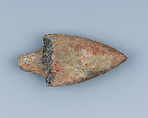
European, Italian peninsula
ca. 10,000 BCE–5000 BCE
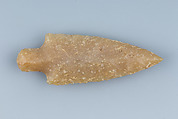
European, Italian peninsula
ca. 10,000 BCE–5000 BCE
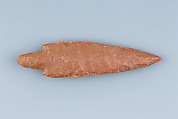
European, Italian peninsula
ca. 10,000 BCE–5000 BCE
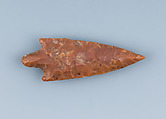
European, Italian peninsula
ca. 10,000 BCE–5000 BCE
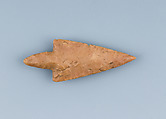
European, Italian peninsula
ca. 10,000 BCE–5000 BCE
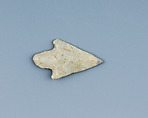
European, Italian peninsula
ca. 10,000 BCE–5000 BCE
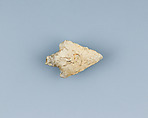
European, Italian peninsula
ca. 10,000 BCE–5000 BCE
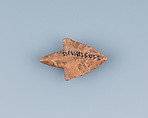
European, Italian peninsula
ca. 10,000 BCE–5000 BCE
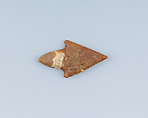
European, Italian peninsula
ca. 10,000 BCE–5000 BCE
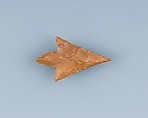
European, Italian peninsula
ca. 10,000 BCE–5000 BCE
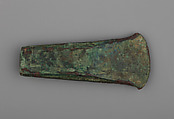
European, Italian peninsula, possibly Etruscan
ca. 2000–90 BCE

Italian
French
1499–1514
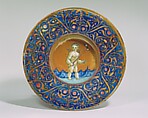
Italian
ca. 1530

Italian
ca. 1500–1525

Italian, Siena
ca. 1490–1500

Multiple artists/makers
second half 16th century and second half 19th century
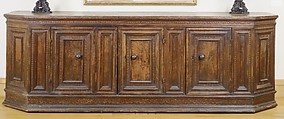
Italian (Tuscan)
ca. 1500–1550
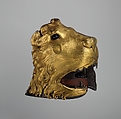
Italian
ca. 1475–80

Italian
ca. 1400–1450 and later

Bartolo di Fredi
1374

Giovanni Pisano
ca. 1301, with later additions
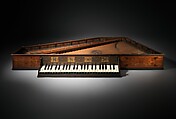
Italian
1540
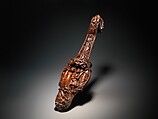
Italian
ca. 1420

Giacomo (Jacob) Ertel
late 17th century
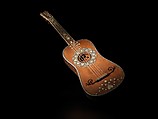
Matteo Sellas
ca. 1630–50

David Tecchler
ca. 1725

Giosue Esposito
1881

Italian
ca. 1800

del Tasso
ca. 1530
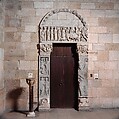
Biduinus
ca. 1175

Master of the Codex of Saint George
ca. 1330–35

Italian
Reinhold Vasters
third quarter 16th century and ca. 1865–95

Western European
ca. 1400

Italian
16th century

Italian
early 16th century

Italian
early 18th century
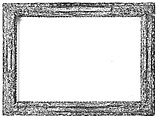
Italian
ca. 1730